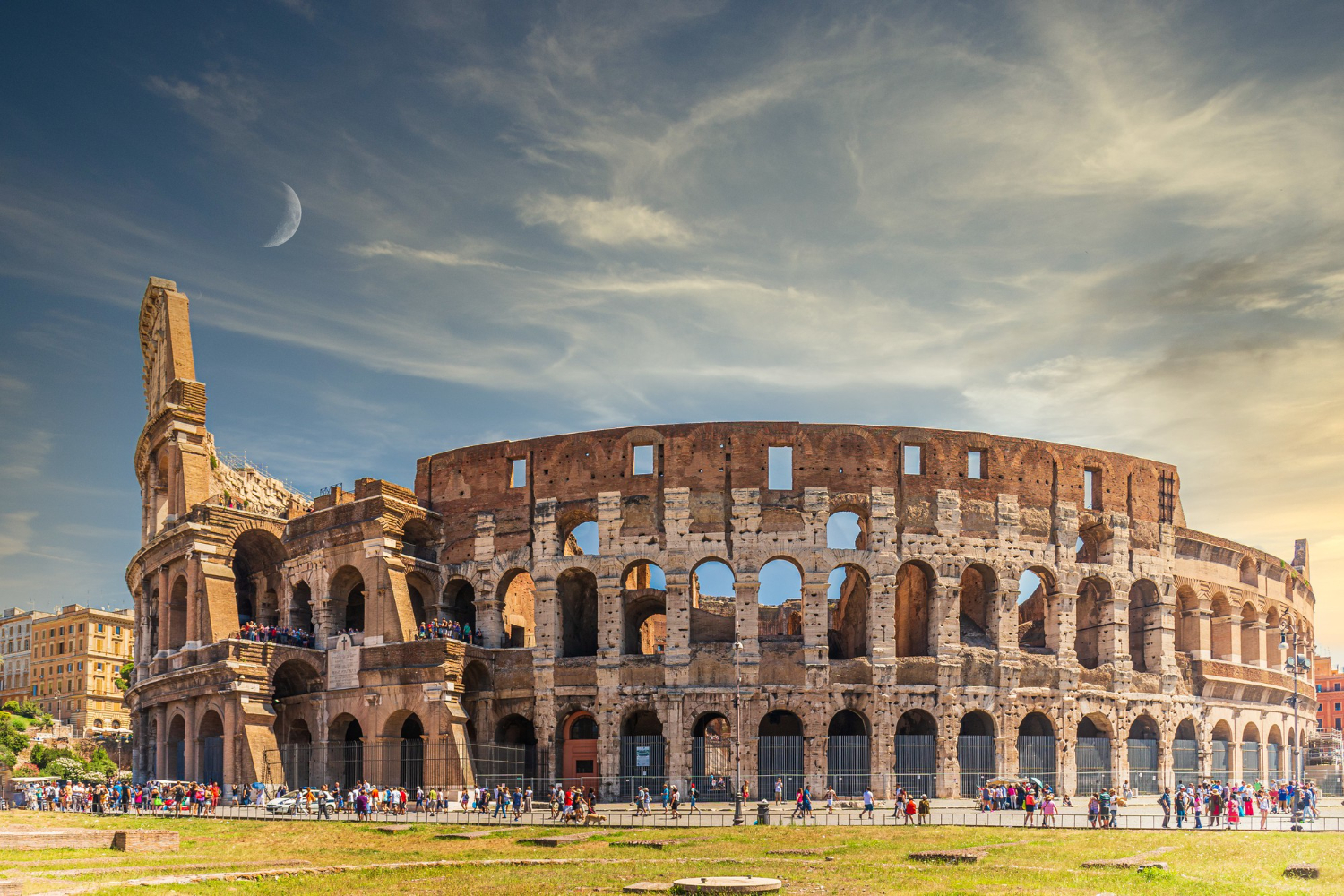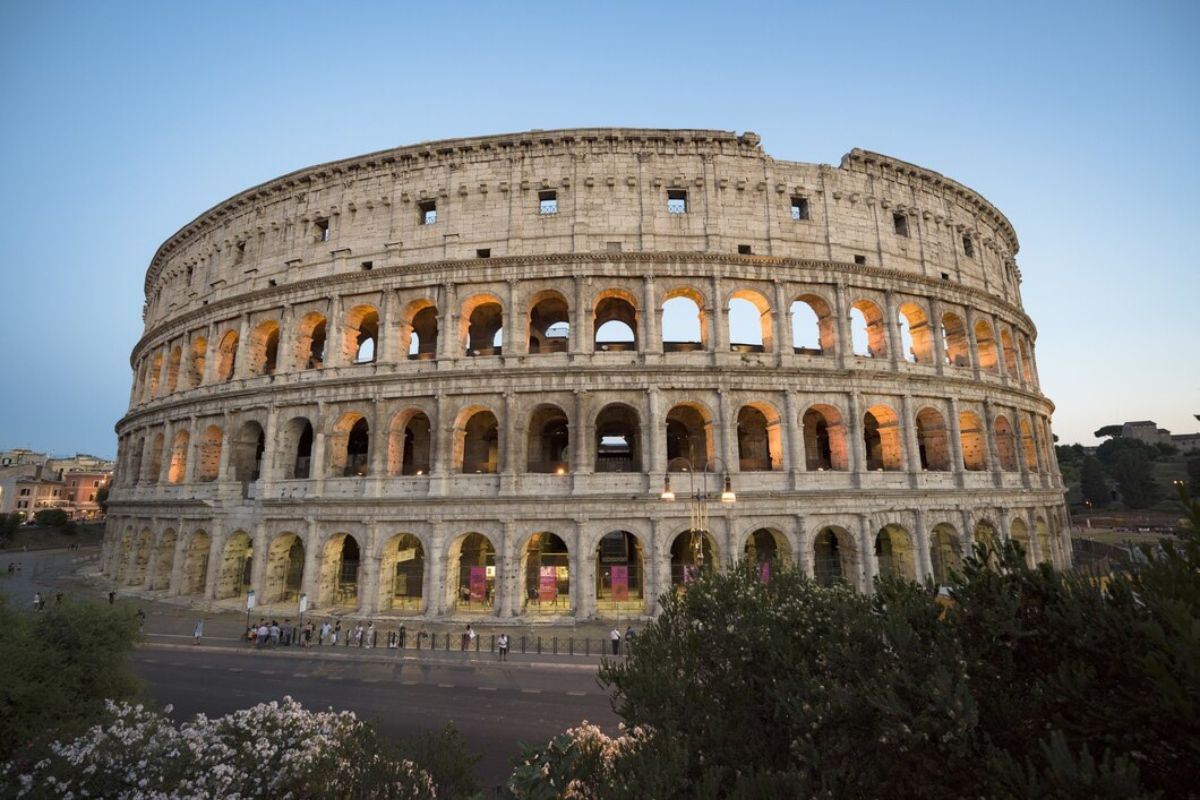Best Places To Visit & Stay In Rome

Finding the best places to see in Rome or places to stay in Rome as well as places to eat in Rome all maybe tough for you if you are going first time to Rome. ? Our today’s best Rome places travel guide carries all about travel and accommodation in Rome, the capital of Italy. Rome is one of the top attractions when it comes to beautiful places to visit.
This guide features Rome hotels, attractions, museums, and art galleries including comprehensive travel information about the most popular places in Rome. Also, our Rome travel guide will help you to find out more about entertainment, shopping, and nightlife in the main city of Italy.
You can get complete information by contacting event travel management near you. However, from Rome, accommodations and restaurants to sights and museums – Rome Places offers everything tourists need while planning their trip to Rome.

Places to See in Rome
Galleria Borghese
One of the most gorgeous sights in Rome – the Galleria Borghese offers the richest collection of antique sculptures, statues of the period of Renaissance and marble groups, and paintings by such artists as Raphael, Caravaggio, Titian, Antonello da Messina, Rubens, Cranach, Guido Reni, Lotto, and Bassano.
The general floor offers classical antiquities of the 1st–3rd centuries and contains a renowned 320-30 AD mosaic of gladiators (1834), and classical and neo-classical sculpture such as the Venus Victrix (above). Its decorative scheme offers a trompe l’oeil ceiling fresco, or Salone, by Mariano Rossi – the Sicilian artist.
Galleria Borghese can boast three magnificent busts by sculptor Gian Lorenzo Bernini, two of Pope Paul V, and a portrait of his first patron, Cardinal Scipione Borghese. That’s important – only 200 people are allowed in at one time. Photography is banned.
Palazzo And Galleria Spada
The Palazzo Spada is a Roman palace that hosts a great art collection, the Spada Gallery. The Palazzo Spada has been a property of the Italian State since 1927 and at present time it houses the Council of State of Italy, offering luxurious frescos and mosaics in its rooms.
The main museum’s collection contains 4 galleries of paintings of the 16th and 17th centuries. They include works of Baroque, Renaissance by Jan Brueghel, Elder, Guido Reni, Michelangelo Cerquozzi, Dürer, Titian, Andrea del Sarto, Rubens, Caravaggio, Salvator Rosa, Francesco Solimena, Guercino, Parmigianino, Giambattista Gaulli, Artemisia Gentileschi, Domenichino, Pietro Testa and Orazio.
The walls of several rooms on the first floor of the Museum are crammed with artworks featuring multilingual notes for visitors. Additionally, guests at the Palazzo Spada can admire its luxurious architectural features. Including an attractive and amusing trompe l’oeil arcade and Borromini’s popular Galleria Prospettica.
On the ground floor of the Gallery is located a shop offering art books, guidebooks, postcards, posters, catalogs, and items inspired by and dedicated to the masterpieces of the Museum.
The Colosseum
The Colosseum, the symbol of Rome, is a huge and amazing place. Colosseum was the largest amphitheater in the Roman world. Some 50,000 spectators could easily enter the Colosseum through eighty arched entrances. The Colosseum was commissioned in AD 72 by Emperor Vespasian.
In AD 80, Vespasian’s son Titus inaugurated it. The inaugural games lasted for 100 days and nights, and the process involved slaughtering thousands of wild animals. Later the Colosseum saw countless duels between gladiators and wild animals. After the fall of the Empire, the Colosseum was abandoned.
After some fires and earthquakes, people used it as a convenient quarry for various constructions. Including famous Rome places like the cathedrals of St. Peter, St. John Lateran, and the Palazzo Venezia.
Today this noble ruin, originally known as the Flavian Amphitheater, can explain much of the Roman past. Though only one-third of the Colosseum survived, this imposing amphitheater Continues to attract more and more tourists.
Capitoline Hill
Capitoline Hill is the smallest of seven hills of Rome. Since the moment of its foundation, which was more than 2500 years ago, this place was the political and religious center in Rome. At Capitoline Hill, there were built few ancient significant temples by the Romans.
They are the Temple of Virtus, the Temple of Jupiter Optimus Maximus Capitolinus, and the Temple of Juno Moneta. The temple of Jupiter was the symbol of the city, like Caput Mundi, the world capital. In the Middle Ages, Michelangelo redesigned Piazza del Campidoglio, including the buildings surrounding the square.
The new design from the master included the tempting ground pattern, reincarnation of the Palazzo Senatorio – the seat of the senate in Rome, a new façade for the Palazzo dei Conservatori, new building – the Palazzo Nuovo. The project of redesign was finished only in the XVII century, after Michelangelo’s death.
But they implemented most of his ideas for reconstruction. The Cordonata, a long magnificent staircase leading to the Piazza del Campidoglio, features statues of granite Egyptian lions at the foot and two huge statues of Pollux and Castor in classical style at the top.
The Palazzo Nuovo is the left-coming building from the Cordonata. It represents one of few Capitoline Museums and offers classical sculpture. The Palazzo Senatorio is located in the center of the square.
The name reflects its function as the seat of the Senate. The 11th-century Palazzo Senatorio, located at the center of the Piazza del Campidoglio, served as a fortress and Michelangelo redesigned it in the 16th century. The Palazzo dei Conservatori is the building which is located opposite the Palazzo Nuovo.
In the Middle Ages, the Palazzo dei Conservatori was the seat of the government of Rome. Now it’s a part of the Capitoline Museums and offers a collection of excellent paintings and sculptures.
Top Restaurants In Rome

There is a large choice of restaurants in Rome. The Rome dining guide offers the most comprehensive information on Rome’s restaurants, bars, cafes, and tearooms. Here you can find reviews on the most popular restaurants in Rome, Italy.
Camponeschi
Camponeschi restaurant sits near the Michelangelo-designed Palazzo Farnese, which now houses the French Embassy. This elegant restaurant in Rome offers upscale cuisine, which is varied and creative. Among specialties are the fusilli calabresi (corkscrew pasta with tomatoes and eggplant sauce) and Maltagliati all’astice (flat pasta with lobster sauce). The restaurant offers a careful selection of wine from Italy and France.
Hostaria Antica Roma
Rome’s restaurant Hostaria Antica Roma is a good choice when visiting the Catacombs of San Callisto. The gourmet menue boasts a few Roman specialties and a great selection of Italian wines. The restaurant is located on the “Regina Viarum” of the Roman Empire.
You will surround yourself with Roman “ruins” as this Italian restaurant’s interior showcases an ancient Augustus’s Freedmen monument. The Roman emperor commissioned this monument to honor slaves who earned their freedom.
SHARE
Stay in touch
To be updated with all the latest news, offers and special announcements.







